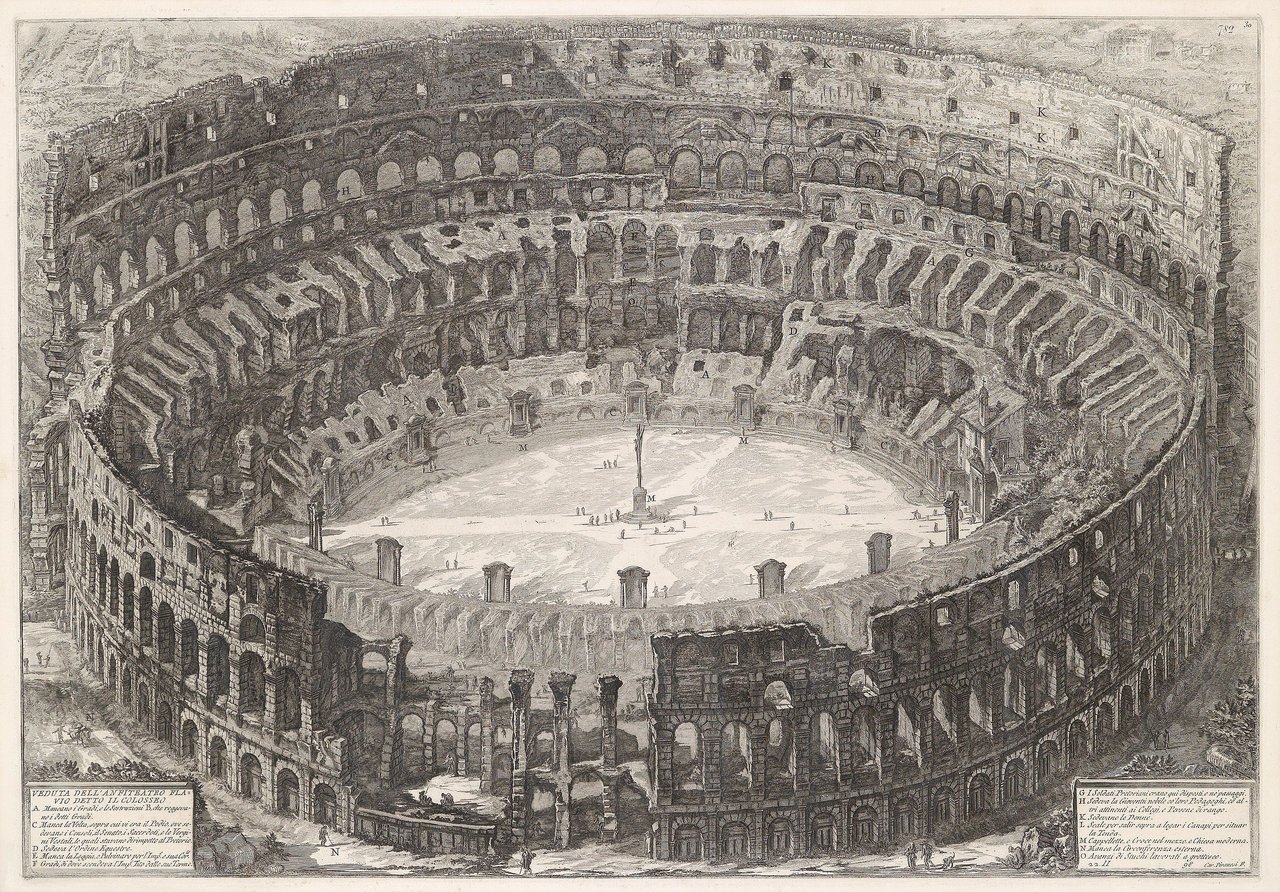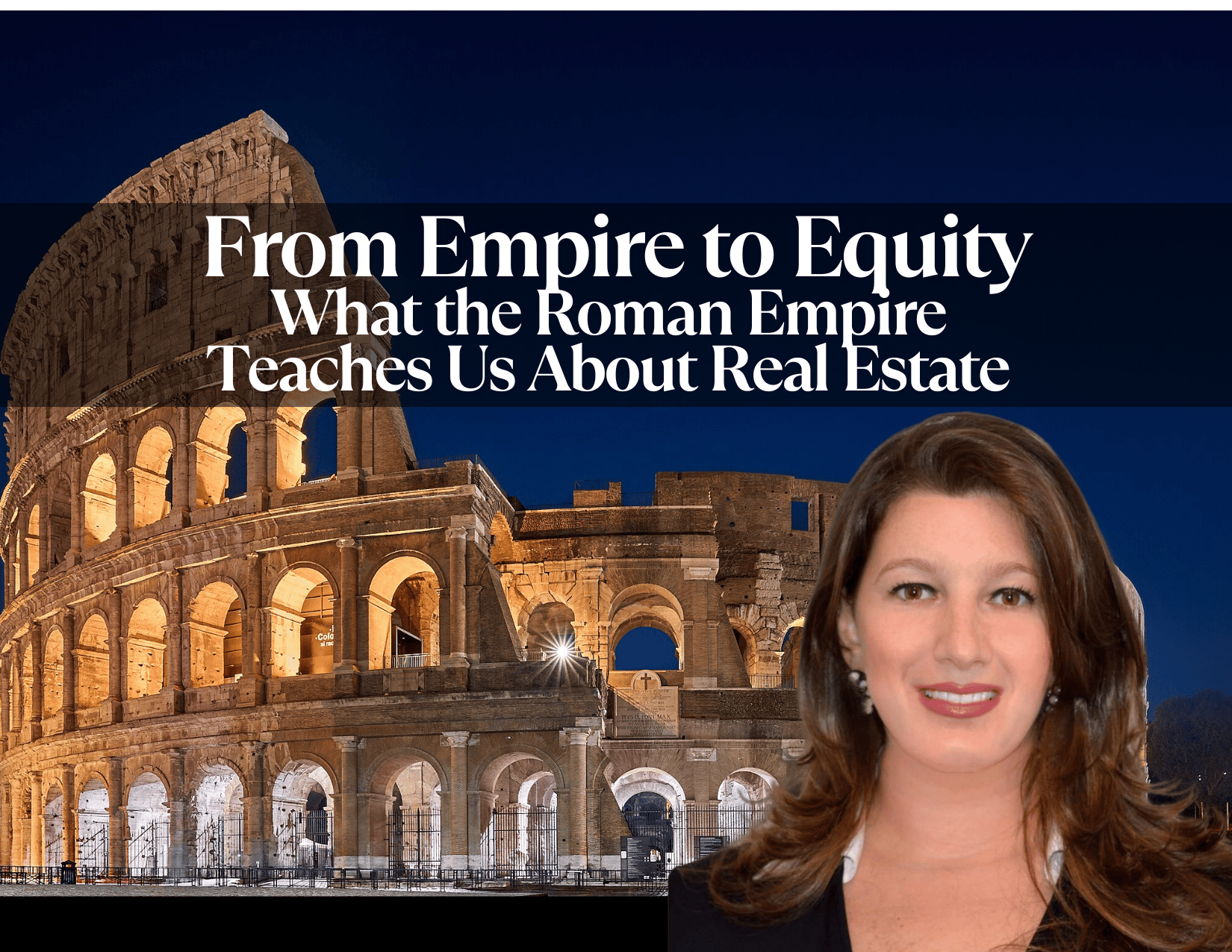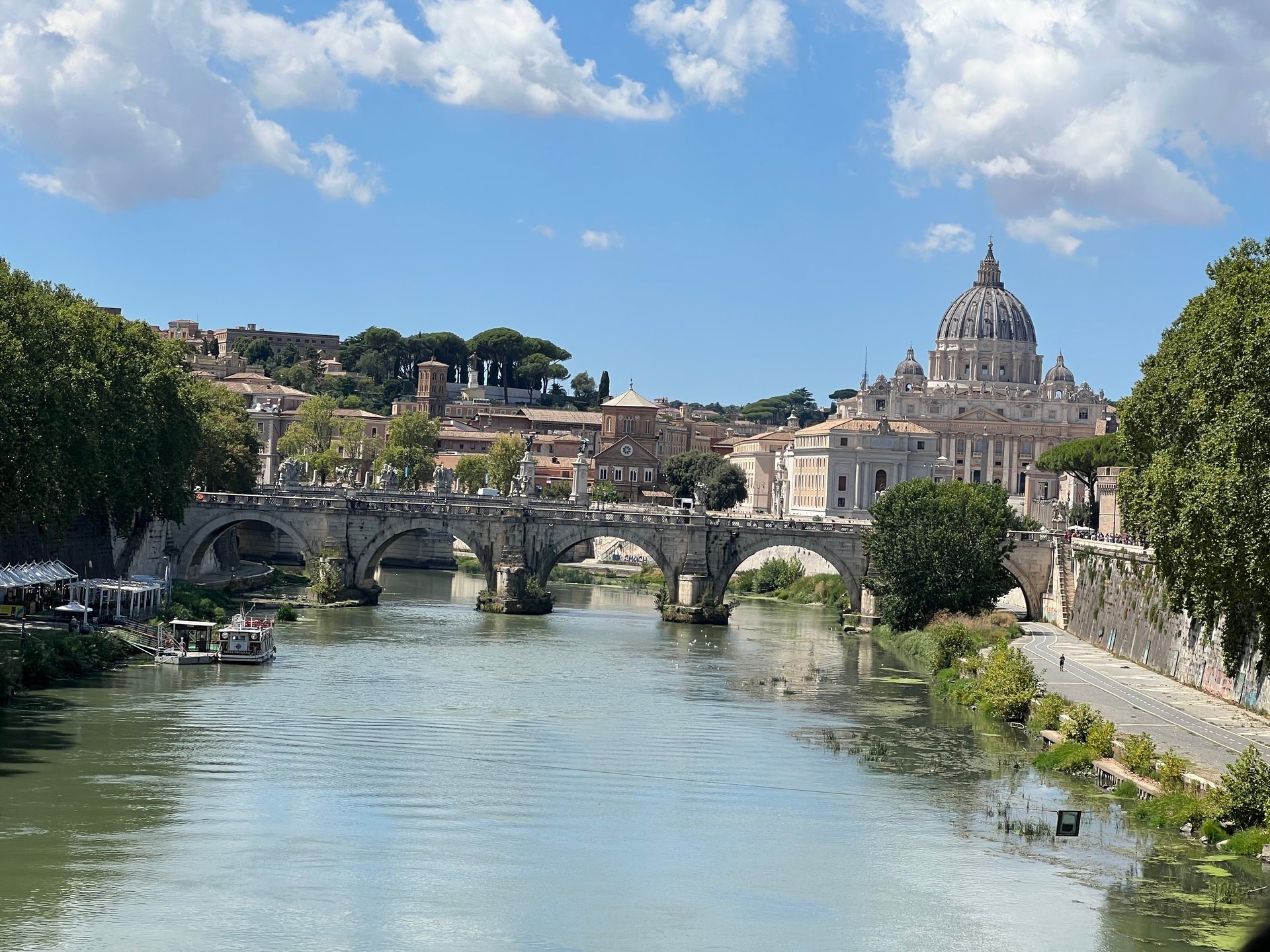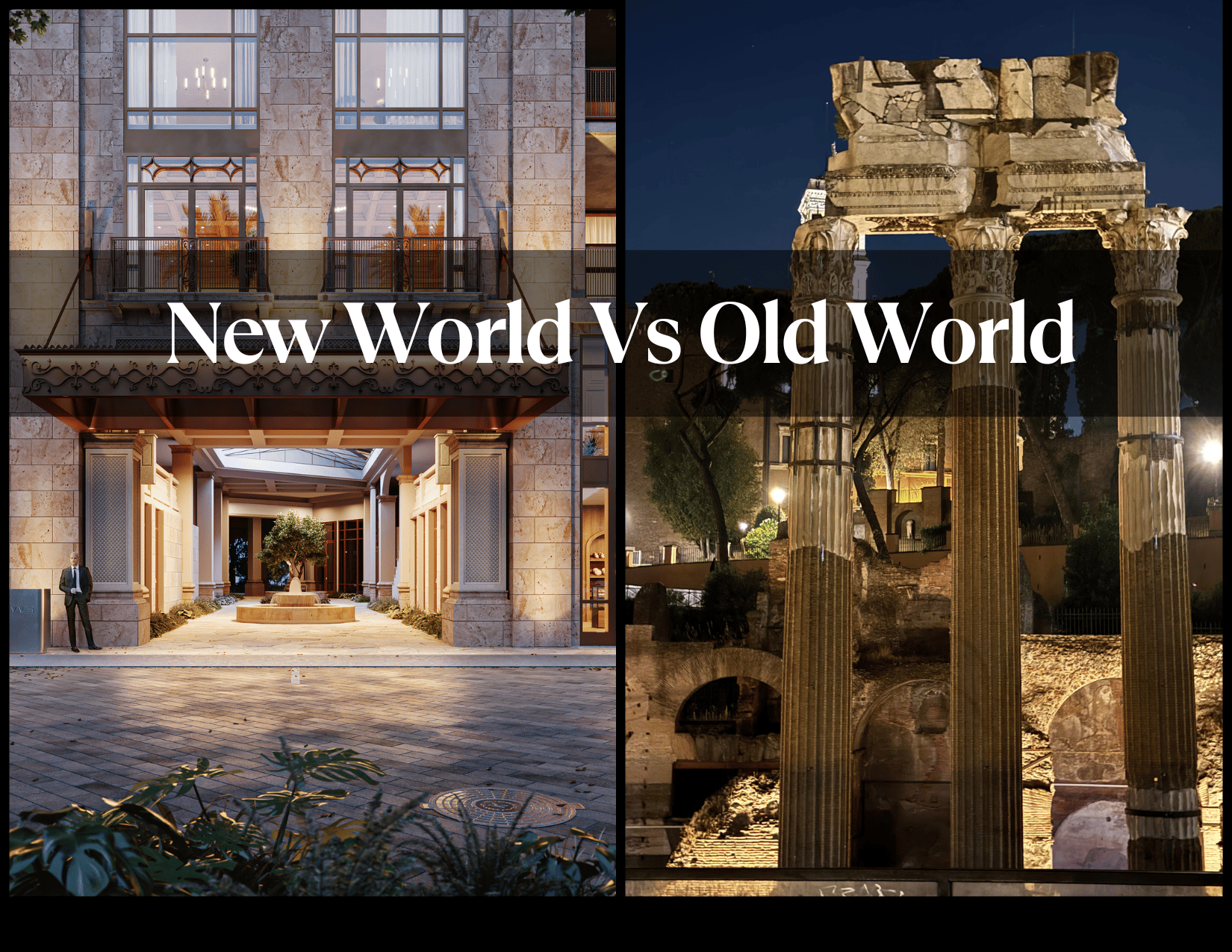Welcome to my corner of the world—where bricks aren’t just materials, but messengers. Where construction means more than concrete, and real estate is a living legacy.
As a real estate professional, I’m always drawn to the stories that connect our present to the past. Today, I invite you to journey with me—not just through time, but through meaning.
As someone born of Italian roots and shaped by the worlds of engineering and real estate, I’ve often asked myself: Where did it all begin? And the answer, in every meaningful way, is Rome.
Let’s travel back to the dawn of Western civilization—to the heart of the Roman Empire. What if I told you that the very concepts of construction, real estate, and urban planning didn’t just evolve over time? They were forged—deliberately—in the fires of Roman innovation, ambition, and a legal system that was centuries ahead of its time. 🏛️
This piece isn’t just about architecture. It’s about origin, intention, and the story behind the structures. Because to truly understand where real estate is going, we must first understand where it came from.
And all roads—quite literally—lead back to the Roman Empire.
🧱 The Birthplace of Real Estate as We Know It
Before "property values" or "ROI" were terms, Rome laid the foundation—physically and conceptually—for everything we understand about land ownership, development, and legacy today.
The Roman Empire introduced structured land division (centuriation), formalized property rights, tax systems, and engineering feats that made land not just usable—but powerful. Roads weren’t just paths; they were arteries of economic growth. Aqueducts weren’t luxuries; they were infrastructure that increased real estate value.
They were the first to recognize that real estate was more than shelter. It was strategy. It was status. It was structure—of both cities and societies.
🏗️ Construction as Civilization
Rome’s buildings weren’t just impressive. They were intentional. Their use of opus caementicium (Roman concrete) allowed them to build at a scale and permanence the world had never seen.
The Colosseum. The Pantheon. The Roman Forum. These weren’t just public spaces—they were powerful statements of empire, endurance, and engineered excellence.
And perhaps the most fascinating part? Much of what we know about modern construction techniques—foundations, arches, load-bearing walls, zoning concepts—can be traced back to Roman ingenuity.
They didn’t build for the moment. They built for millennia.
🌍 The Roman Model: Real Estate as Vision, Not Just Value
To the Romans, land wasn’t just to be owned. It was to be activated. Neighborhoods were designed with flow in mind. Vistas were intentional. Mixed-use zoning was already in play in ancient marketplaces.
Rome teaches us that real estate at its best is not about flipping—it’s about framing the future. The true real estate developer, like a Roman architect, must be equal parts strategist, artist, and steward.
It’s why, to this day, we still measure distance in miles traced back to Roman roads. Why city plans mimic Roman grids. Why legacy real estate investing continues to draw from the roots of the Eternal City.
🔑 Why It Still Matters Today
As we move through the complexities of today’s market—rising interest rates, shifting demographics, evolving buyer psychology—there’s comfort and clarity in looking back.
Because Rome reminds us:
-
Great real estate is timeless.
-
Materials matter.
-
Vision matters more.
-
Legacy isn't made overnight. It's made brick by brick.
And most importantly, the real roots of real estate are human. Built on dreams, drawn by hand, lifted by labor, and sustained through generations.
🌍 Old Worlds, New World: Why It Still Matters Today
In today’s fast-changing real estate landscape—where AI tools, decentralized ownership models, and rapid-fire development trends dominate headlines—it’s tempting to view real estate as purely transactional. But that view lacks depth. And more importantly, it lacks durability.
The Roman model gives us a roadmap:
-
Form follows function: Roman architects built for utility and longevity, often aligning buildings with the natural topography. Today, smart developers consider climate resilience, passive solar design, and structural adaptability.
-
Infrastructure drives growth: Roman roads and aqueducts elevated property value and accessibility. In modern cities, investing near planned transit hubs, tech corridors, and green infrastructure tends to yield long-term returns.
-
Public-private balance: The Romans mastered integrating private wealth with public good—think amphitheaters funded by elites but open to all. Similarly, today’s mixed-use developments thrive when they blend profit with community value.
If you’re a developer, investor, or urban planner, these aren’t just curiosities—they're actionable insights:
-
Design with permanence in mind.
-
Prioritize location based on infrastructure, not just aesthetics.
-
Consider how each project contributes to a city’s identity—not just its skyline.
Because Rome offers more than nostalgia. It offers a timeless strategic framework—one that reminds us that real estate isn’t just about returns. It’s about relevance, resonance, and responsibility.
Rome doesn’t ask us to look back. It invites us to look deeper.
Because Rome reminds us:
-
Great real estate is timeless.
-
Materials matter.
-
Vision matters more.
-
Legacy isn't made overnight. It's made brick by brick.
And most importantly, the real roots of real estate are human. Built on dreams, drawn by hand, lifted by labor, and sustained through generations.
🧭 Final Reflection: Build What Matters
In an age obsessed with speed, Rome teaches us to build for significance. In a market flooded with noise, Rome offers substance.
So, whether you’re a homebuyer, investor, developer, or just someone who believes that the spaces we live in should reflect the lives we want to lead, remember: it all began with intention. And it all began in Rome.
Let’s bring that back.
Click here for your 1:1 Strategy Session to Build Your Future With Purpose








